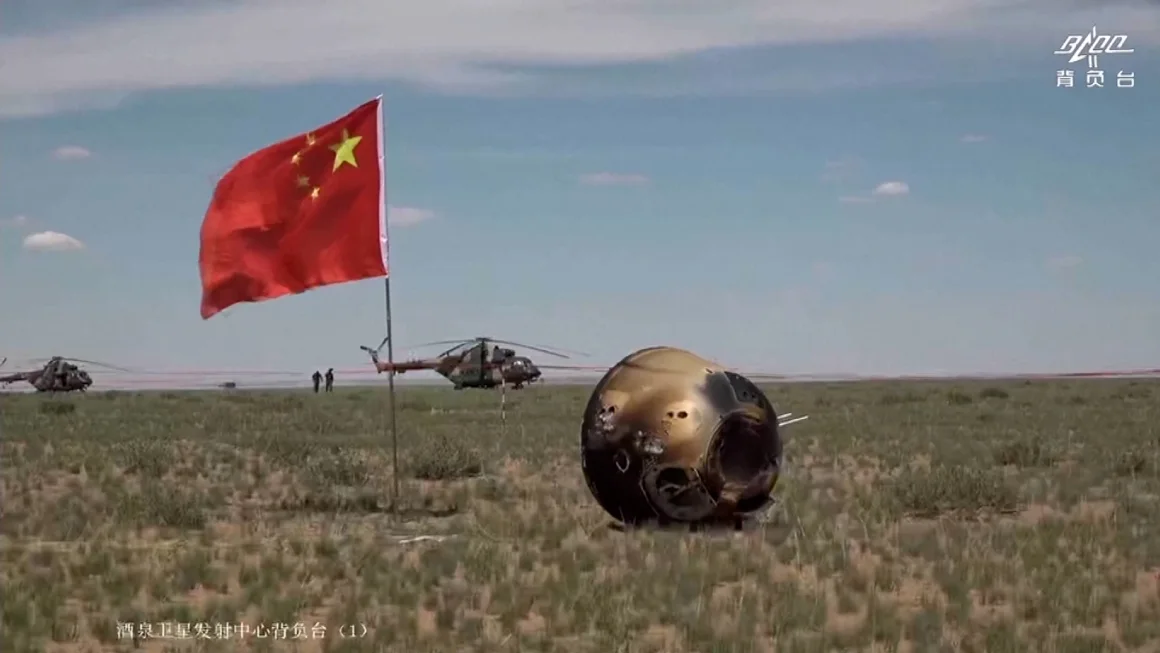China's Chang'e-6 lunar module returned to Earth Tuesday, successfully completing its historic mission to collect the first ever samples from the far side of the moon in a major step forward for the country's ambitious space program.
The reentry module "successfully landed" in a designated zone in China's northern Inner Mongolia region just after 2 p.m. local time, according to state broadcaster CCTV. A livestream carried by CCTV showed the module touching down via parachute to a round of applause in the mission control room.
"The Chang'e-6 lunar exploration mission has been a complete success," said Zhang Kejian, head of the China National Space Administration (CNSA), from the control room.
A search team located the module minutes after its landing, according to CCTV. The livestream showed a worker carrying out checks on the module, which lay on grassland beside a Chinese flag.
The successful mission is a key milestone in China's "eternal dream" – as articulated by Chinese leader Xi Jinping – to establish the country as a dominant space power and comes as a number of countries, including the United States, also ramp up their own lunar exploration programs.
In a congratulatory message Tuesday, Xi hailed the mission as "another landmark achievement in building a strong country in space, and science and technology."
Beijing plans to send astronauts to the moon by 2030 and build a research base at the lunar south pole – a region believed to contain water ice, where the US also hopes to establish a base.
The Chang'e-6 probe is expected to have returned to Earth with up to 2 kilograms of moon dust and rocks from the lunar far side, which will be analyzed by researchers in China before being opened for access by international scientists, according to the CNSA.
Results from the analysis of the samples could help scientists peer back into the evolution of the moon, the Earth and the solar system – while also aiding China's aim to utilize resources on the moon to further its exploration there, experts say.
The samples were collected using a drill and robotic arm from a location within the sprawling South Pole-Aitken basin, an impact crater formed some 4 billion years ago on the moon's far side, which is never visible to Earth.
An ascender then lifted them off the lunar surface and transferred them in lunar orbit to a re-entry vehicle, which then traveled back to Earth after separating from its lunar orbiter.
The progress of Chang'e-6 – China's most technically complex mission to date – has been followed with intense interest within the country since its launch on May 3.
Earlier this month, images of the lunar lander displaying the Chinese flag and appearing to have drilled the character "zhong" – shorthand for China – on the lunar surface went viral on Chinese social media.
Keep reading about the landmark mission.
More on China's space ambitions:




















No hay comentarios:
Publicar un comentario